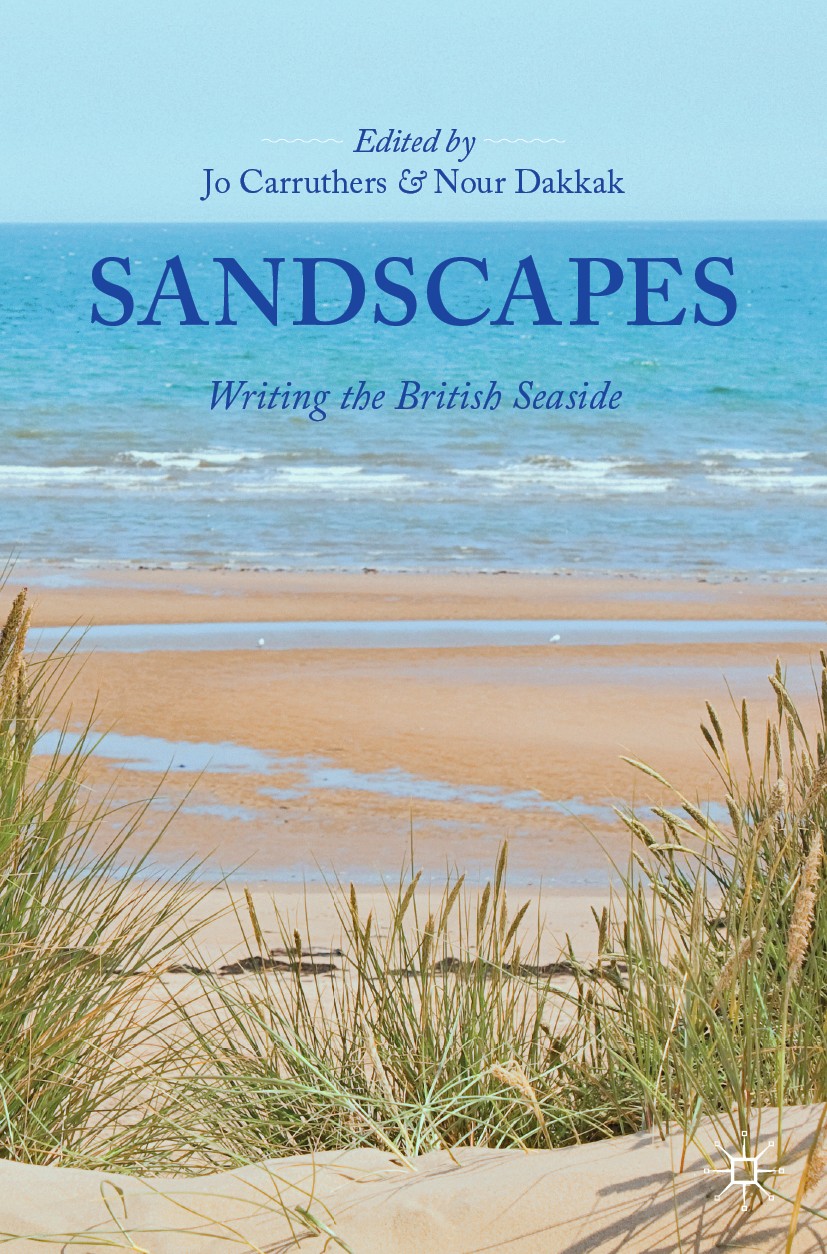Pejorative suffixes and combining forms in English
 The book is a research monograph that reviews and revises the concept of linguistic pejoration, and explores the role of 15 suffixes and combining forms, such as ‑ie, ‑o, ‑ard, ‑holic, ‑rrhea, ‑itis, ‑porn, ‑ish, in the formation of English pejoratives. The examination of the inner structure of the resulting derivatives is based on an innovative methodology that encompasses the theories and approaches of Construction Morphology, Componential Analysis, and Morphopragmatics. Following the principles of this methodology, pejorative words collected from dictionaries and corpora (a total of approximately 950 words) are abstracted into generalizations (or constructional schemas) where structural and functional similarities are used to cognitively trace the ways in which negative (or derisive) meaning is connected with a specific form. Through this multifaceted methodology, my analysis showcases the fact that the universal properties of ‘diminution’, ‘excess’, ‘resemblance’, and ‘metonymization’ are what underlie the making of pejorative meaning. These generalizations, along with the schematic representations of formatives, can help linguists, or linguistics enthusiasts in general, to understand the conventions and intricacy of lexical pejoration.
The book is a research monograph that reviews and revises the concept of linguistic pejoration, and explores the role of 15 suffixes and combining forms, such as ‑ie, ‑o, ‑ard, ‑holic, ‑rrhea, ‑itis, ‑porn, ‑ish, in the formation of English pejoratives. The examination of the inner structure of the resulting derivatives is based on an innovative methodology that encompasses the theories and approaches of Construction Morphology, Componential Analysis, and Morphopragmatics. Following the principles of this methodology, pejorative words collected from dictionaries and corpora (a total of approximately 950 words) are abstracted into generalizations (or constructional schemas) where structural and functional similarities are used to cognitively trace the ways in which negative (or derisive) meaning is connected with a specific form. Through this multifaceted methodology, my analysis showcases the fact that the universal properties of ‘diminution’, ‘excess’, ‘resemblance’, and ‘metonymization’ are what underlie the making of pejorative meaning. These generalizations, along with the schematic representations of formatives, can help linguists, or linguistics enthusiasts in general, to understand the conventions and intricacy of lexical pejoration.
zum Buch in disco
zum Buch auf der Verlags-Website
Sandscapes: writing the British seaside

zum Buch in disco
zum Buch auf der Verlags-Website
Weitere Titel können Sie in unseren Neuerwerbungslisten für die Anglistik entdecken!
